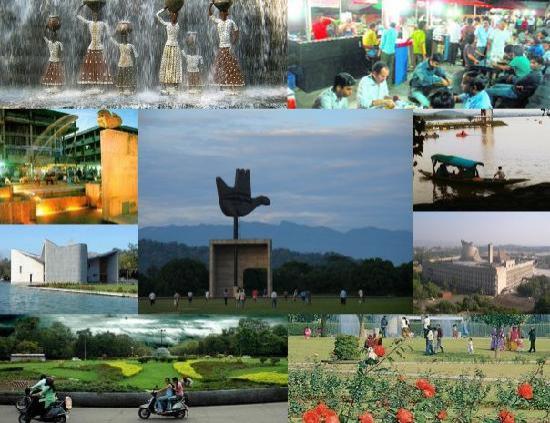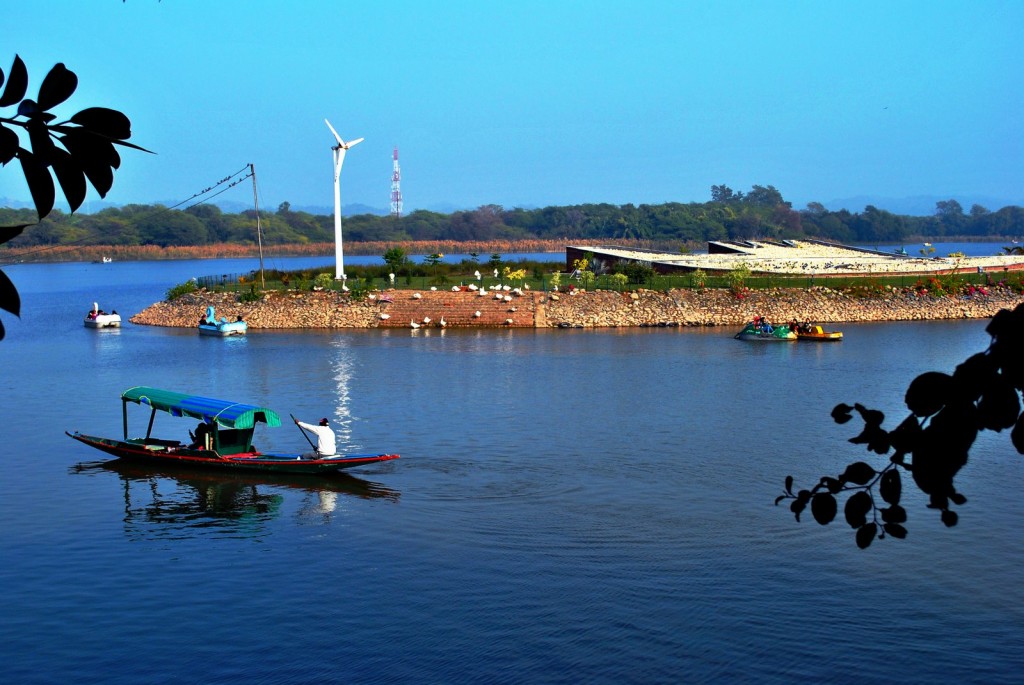Did You Know About The History Of Chandigarh?
The city of Chandigarh is located at the base of the Shivalik Hill Range of the Himalayas, at 333 m above sea level, about 260 km northwest of India’s capital, New Delhi. This city is a tastefully designed marvel, with two natural rivulets, signifying its northwest and southeast points of limits. Le Corbusier’s choicest and one of the most terrific cityscapes, Chandigarh, the City Beautiful, is a trove of charming sites which may seem basic and plain to take a gander at, however their origin and history is overlaid in brilliant letters.

Though Chandigarh tour packages are not a very hot option in the travel market, but if you visit this city with an intention to dig deep into its conception, then Chandigarh is surely going to surprise you. When you reach Chandigarh, you will be welcomed with plenty of striking sights and points in the city that will without a doubt astonish you completely. So kick back and read through how this wonderful city came into being. This trip would definitely not be one of those mainstream ones.
History
The making of a separate city of Chandigarh was considered not long after India’s autonomy in 1947, when the debacle and confusion of Partition, and the loss of its important capital Lahore, had impeded the state of Punjab. Another city was relied upon to house innumerable evacuees and to give an administrative seat to the as of late formed organization of the re-described Punjab. Beginning in mid 1951, a substantial part of Phase One had been done by 1965. Unlike the 14 unique contemporaneous new Indian towns, Chandigarh was seen as a stand-out of the dynamic wishes of the new republic and the conviction to fight for self-governance. fhrai member inIndia

“The Chandigarh Project” was first assigned to the American coordinator Albert Mayer, with his accomplice Matthew Nowicki working out building unobtrusive components. Le Corbusier’s association with the city was completely fortunate, an eventual outcome of Nowicki’s sudden death in the August of 1950. The most tremendous thing that Le Corbusier did in Chandigarh was to envision the city’s accessible urban structure. Today, it is one of a kind of network of his ‘neighborhood unit’ and the different leveled scattering sample of his “7Vs” that has given Chandigarh its specific character. A city, for instance, depicted above could be put wherever. In any case, what perceives Corbusier’s layout for Chandigarh are the credits of its response to the setting. The trademark edges molded by the slants and the two conduits, the ideally manipulated slanting plains with backwoods of mango trees, a stream bed meandering over its length and the present roads and rail lines – all were given due thought in the flow of limits, setting up the frame of the avenues and giving the city its complete urban structure.
So if history and architecture is what that sets your pulse racing, then do visit Chandigarh soon. Apart from the many places to visit in Chandigarh for recreation, entertainment and spirituality, Chandigarh has a host of oddities that are actually marvelous in themselves, if probed appropriately. So get your backpacks ready, and start tripping already!

















